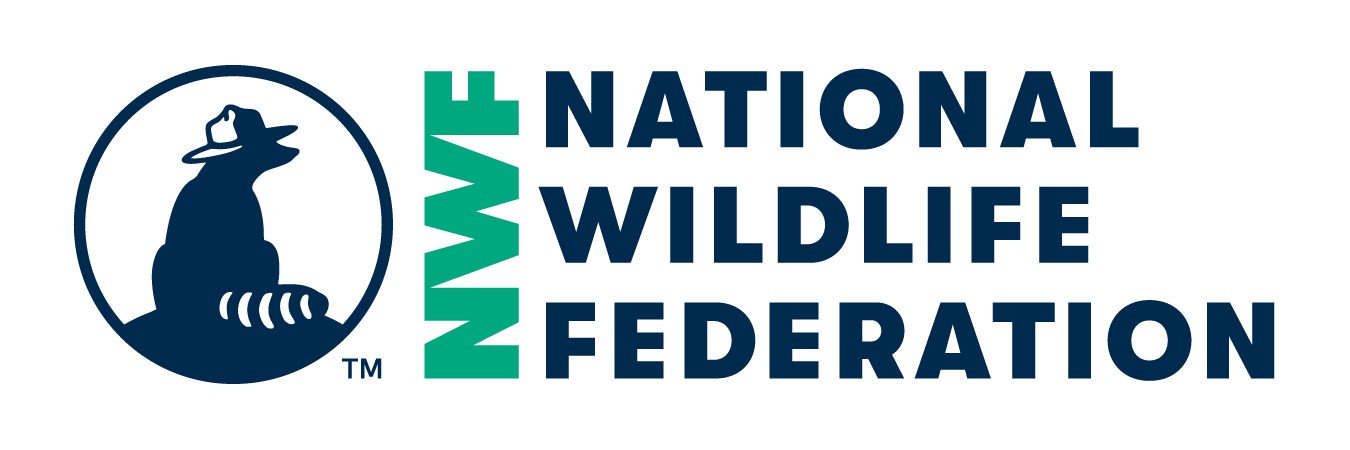Project Grow Community Garden
http://www.nwfecoleaders.org/forms/item/67/542
If other:
https://www.wku.edu/sustainability/project_grow.php
1. Where is the biggest impact of this project?
Campus
If other:
2. What were the goals for your project?
To create a learning landscape for Western Kentucky University's Students
3. What strategy did you use?
Community Building, Education, Research
If other:
4. Did you accomplish the goals you set for this project? Please explain.
The project is ongoing, and has accomplished goals of being a learning landscape. We host hives of The Big Red Beekeepers, garden plots for students to own, a place of learning for environmental discussion, volunteer area for students to learn about growing their own food supply, and a community network for those interested in sustainability.
5. Choose your impact measure type.
Pounds of recycling increased
What were the measurable outcomes of your project?
Our impact measurements are in education of the campus community. We are a community garden that is open to all students, and has a verity of impacts. We table at campus events, as well as promote our garden through emails, social media, and in the creation of educated students who can spread the desire of environmental education further. We currently host nine student group owned plots, and fifteen garden areas in the main garden for student volunteers as well as areas in the front yard, and along sides of the Office of Sustainability house that hosts our project.
6. When did you begin and complete your project?
7. What was challenging about your project and how did you respond?
The challenges of this project were being able to communicate that we provide a space for all levels of experience at once, and that those with little or few gardening skills are welcome. We responded by tabling at freshmen events to let students become aware that all are welcome to join our garden and to even just visit to watch how our garden progresses.
8. Which groups were involved in this project? Students, faculty, staff or community groups?
Students, faculty and staff are all involved in this project. Students are the main volunteers and are the main group that helps our project to thrive. Further, our project would not be possible without facility members such as our campus sustainability coordinator or other facility members that make this space possible. Further, staff at the WKU Office of Sustainability, such as myself, make this project possible as we are able to provide the maintenance and year round garden care.
9. Was your project funded? If so, how?
It is sustained by student volunteer efforts and by the staff at the Office of Sustainability. The project itself is funded by Western Kentucky University and by Student Government Association grants.
10. How did you communicate about this project and educate the broader campus and/or community?
We communicate this to the campus through tabling events, partnering with departments (such as the Department of Architectural and Manufacturing Sciences to build a garden shed out of palates with a living roof) to further engage all students in a multitude of disciplines.
11. How have you evaluated your project?
Group reflection, Individual reflection
If other, please describe:
12. What did you do after your reviewed your project?
Added new team members with different expertise, Applied for funding, Celebrated
If other, please describe:
13. What was the biggest or best thing you learned from your project?
The greatest takeaway was learning that Gardening Based Learning is an excellent choice for a multitude of disciplines, and that environmental education can help enhance any student's education.
14. What advice would you give to others working on a similar project?
Advise I would give to others is to create a strong team of staff or fellowships with stipends and apply for funding. When school is out of session, or during busy times during the semester you will need these people when volunteer levels are lower. Additionally, you will need these for maintenance/paperwork and for gardening labor beyond what volunteers are able to do.
15. Based on your response above, what are your future plans for this project? And are there resources (people, financial, etc.) available to sustain it?
Our future plants are to continue to expand and nourish our garden with the facility and staff of the Office of Sustainability, and to be able to continue with creating new projects within our garden regularly.
Category ARCHIVED | PROJECT CERTIFICATION







Project Feedback